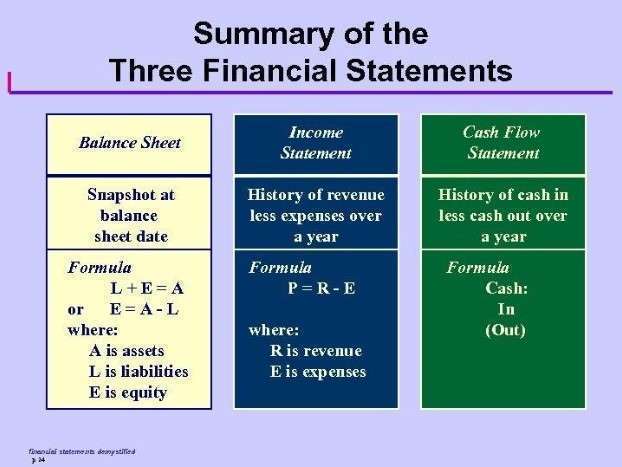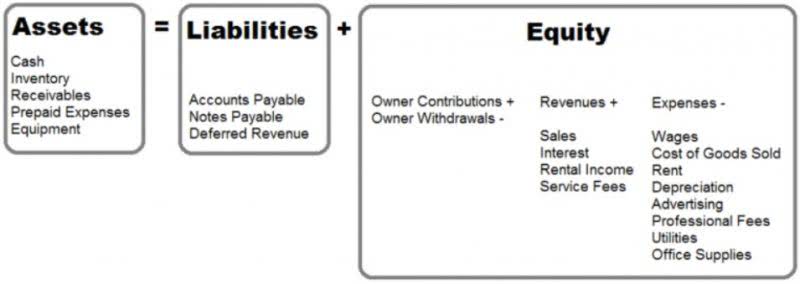
All such information is provided solely for convenience purposes only and all users thereof should be guided accordingly. Finance Strategists has an advertising relationship with some of the companies included on this website. We may earn a commission when you click on a link or make a purchase through the links on our site. All of our content is based on objective analysis, and the opinions are our own. In this case, group 1 consists of 200,000 shares deemed to have been outstanding from 1 January to 31 December.
- Here’s what you need to know about the different share counts that publicly traded companies use, as well as how you can calculate the number of outstanding common shares.
- The following results from the calculator on this page show how the weighted average calculation more accurately reflects the day-to-day average of outstanding shares.
- When this takes place, a company’s outstanding shares increase, and a higher degree of liquidity results.
- We may earn a commission when you click on a link or make a purchase through the links on our site.
- Then, add those terms together to get the weighted average number of outstanding shares.
Look at the Treasury Stock Line Item
- For example, let’s say you want to calculate the weighted average number of outstanding shares for a company over two reporting periods of 6 months each.
- Note that the Help and Tools panel will be hidden when the calculator is too wide to fit both on the screen.
- Importantly, the number of shares outstanding is dynamic and fluctuates over time.
- We Fools may not all hold the same opinions, but we all believe that considering a diverse range of insights makes us better investors.
- Shares outstanding is a financial number that represents all the shares of a company’s stock that shareholders, including investors and employees, currently own.
- Of course, merely increasing the number of outstanding shares is no guarantee of success; the company has to deliver consistent earnings growth as well.
Corporations have a certain number of authorized shares of common or preferred stock. However, just because a corporation is authorized to issue stock doesn’t mean that it has to issue all of those shares. Most of the time, corporations will tell investors how many shares of stock they’ve issued, but sometimes, it’s helpful to be able Food Truck Accounting to calculate those numbers on your own.
- Once you’ve located the company’s balance sheet, find the line item for preferred stock.
- A company’s outstanding shares decrease when there is a reverse stock split.
- Selecting “Stick” will keep the panel in view while scrolling the calculator vertically.
- Moving the slider to the left will bring the instructions and tools panel back into view.
- Investors who hold common stock exercise control by being able to vote on corporate policy and electing the company’s board of directors.
A new psychedelic drink has investors intrigued

If you’re interested in learning about common stock, you may also in learning about the best broker available for your needs, so visit our broker center to discover the possibilities. Get instant access to video lessons taught by experienced QuickBooks investment bankers. Learn financial statement modeling, DCF, M&A, LBO, Comps and Excel shortcuts. The number of shares outstanding of a company can be found in its quarterly or annual filings (10-Qs or 10-Ks). In the US, public companies are obligated to report their number of shares outstanding as part of the SEC’s filing requirements. A weighted average is a calculation used to give more weight to more influential values within a data set, and lower weight to values with less influence.
Stock Splits and Reverse Stock Splits: Share Count Effect
When a company buys back its own shares, that stock is accounted for as “treasury stock” on its balance sheet. Treasury stock is no longer outstanding — the company itself now owns it, not an investor or employee, but it has still been issued. When you buy stock in a company, you buy a percentage ownership of that business. How much of the business your one share buys depends on the total common stock outstanding, a figure you can easily determine using the company’s balance sheet. For example, let’s say you want to calculate the weighted average number of outstanding shares for a company over two reporting periods of 6 months each.

- If you know the market cap of a company and its share price, then figuring out the number of outstanding shares is easy.
- Therefore, the shares outstanding after that date (and retired on 1 September) are not the same as those that existed prior to that date.
- You can find a company’s earnings per share by dividing the company’s profit by its outstanding shares of common stock.
- Over the course of a reporting period—most often a fiscal year—the total number of common shares in circulation increases and decreases multiple times for most public companies.
- This shortcut is used to adjust the average outstanding shares for earlier years covered by comparative statements.
- Note that the calculator will attempt to sort the transactions in chronological order (from earliest to latest), but it would be best if you entered them in that order.
Then, add those terms together to get the weighted average number how to calculate common shares outstanding of outstanding shares. However, to learn how to calculate outstanding shares, you must figure out the authorized and treasury stock, especially if you don’t have all the balance sheet information. Often, the number of issued shares is equal to the number of issued and outstanding shares.
